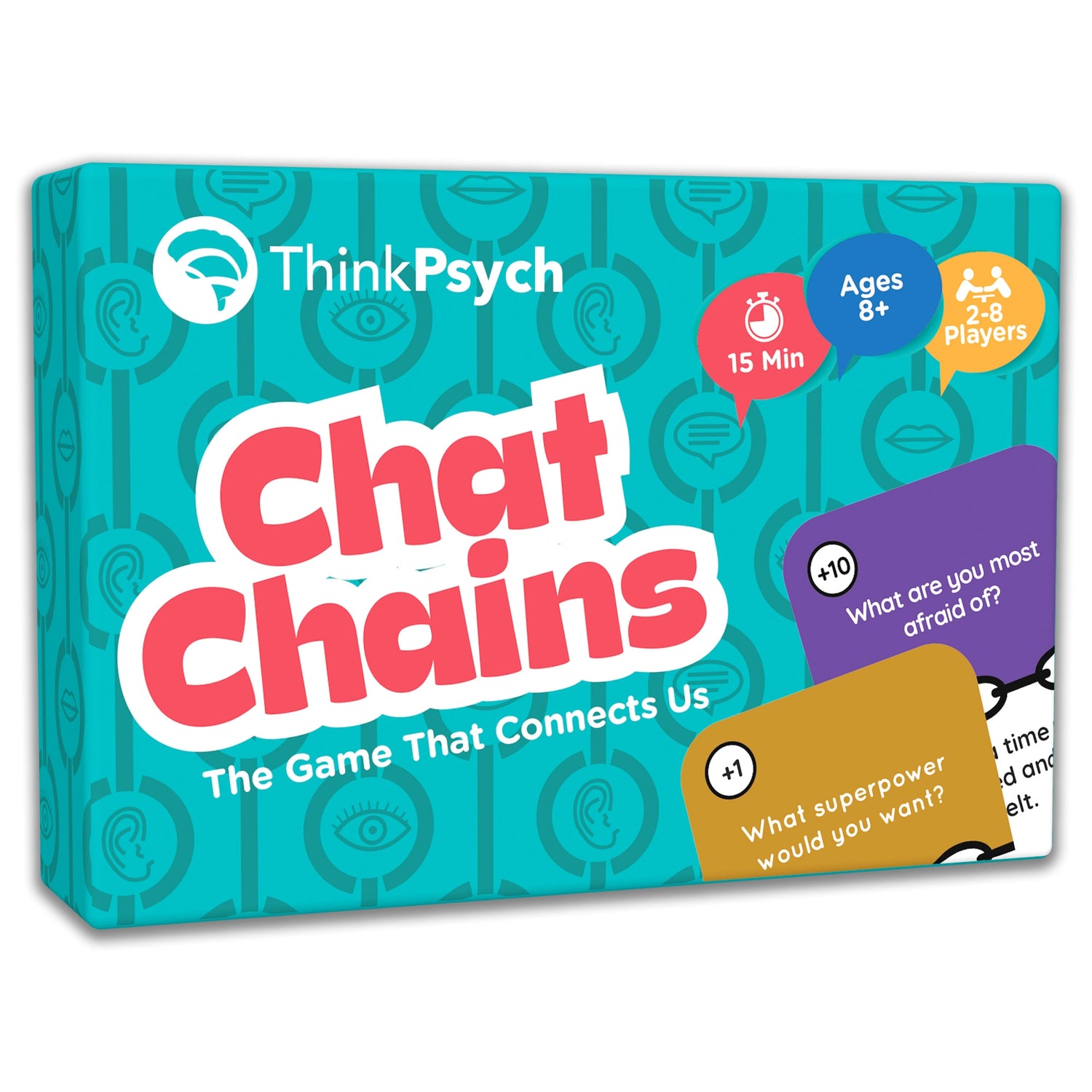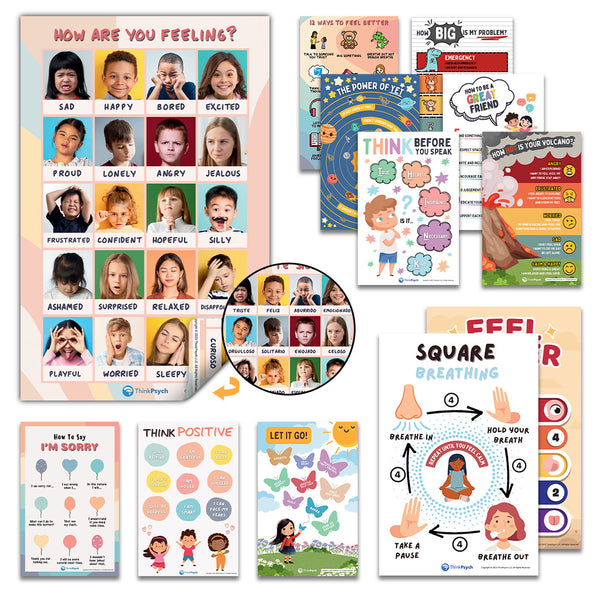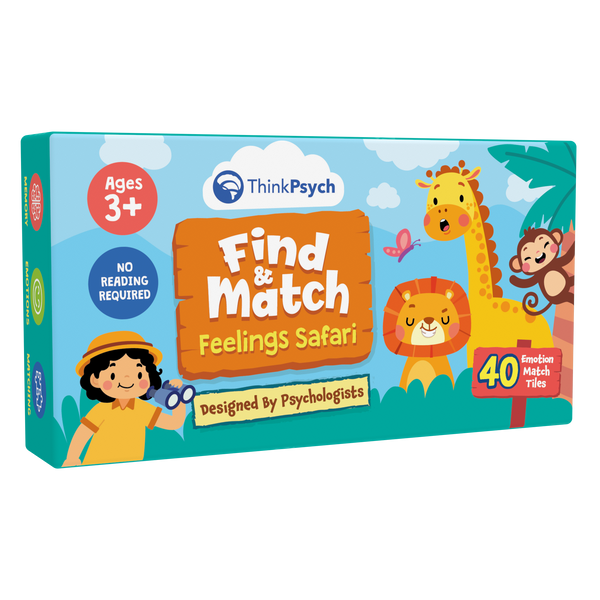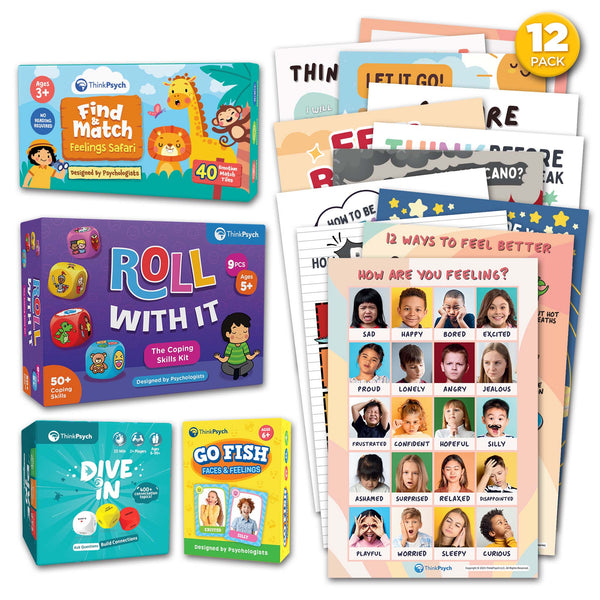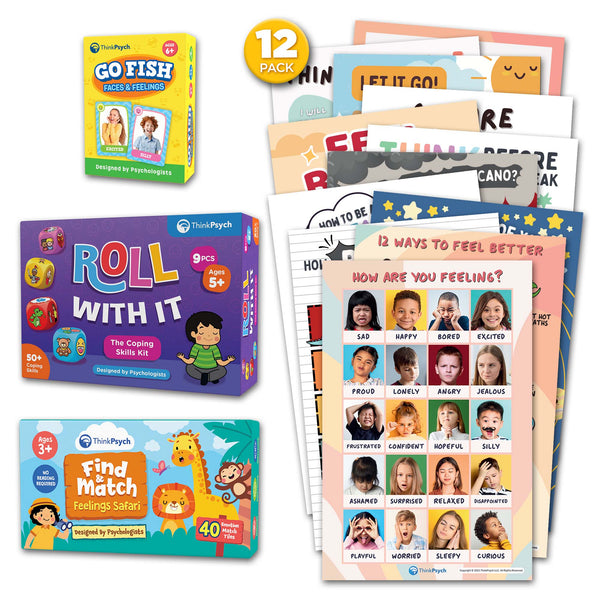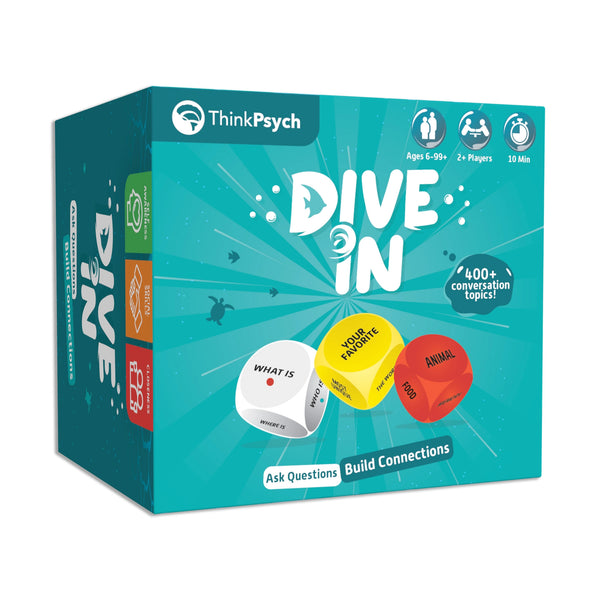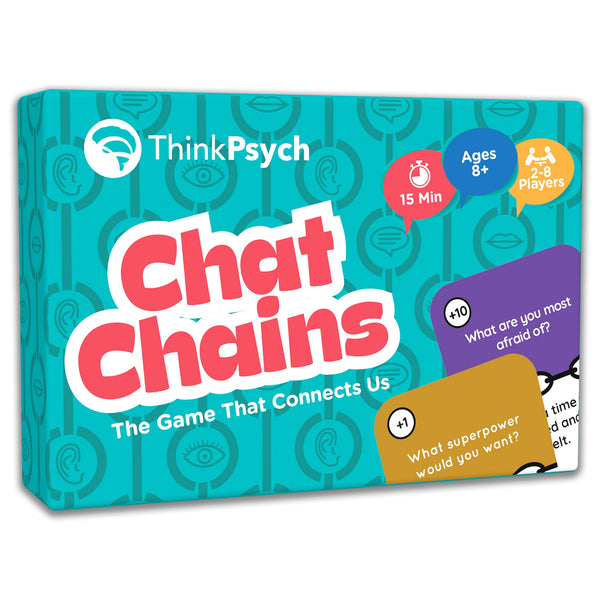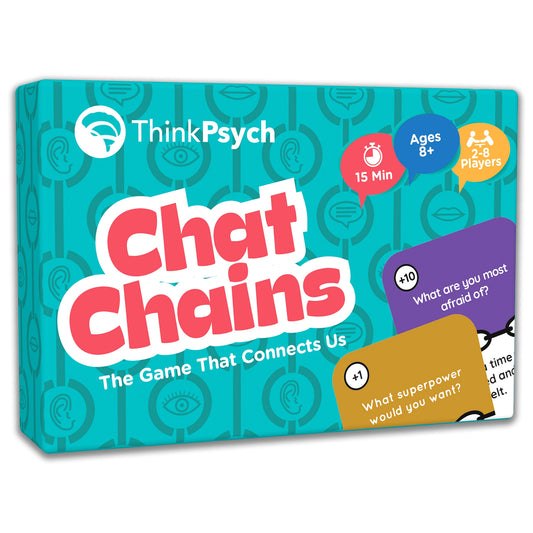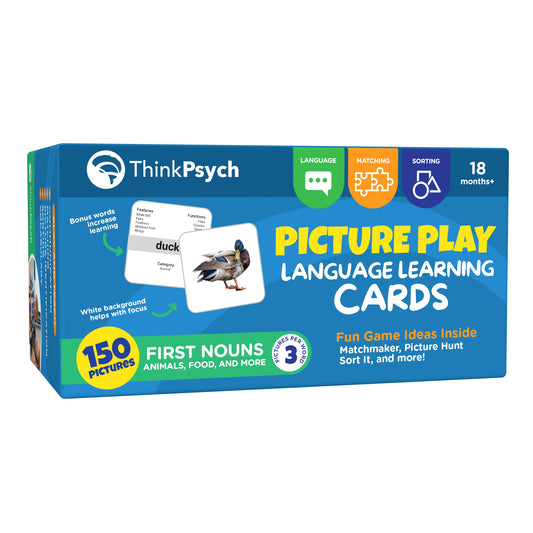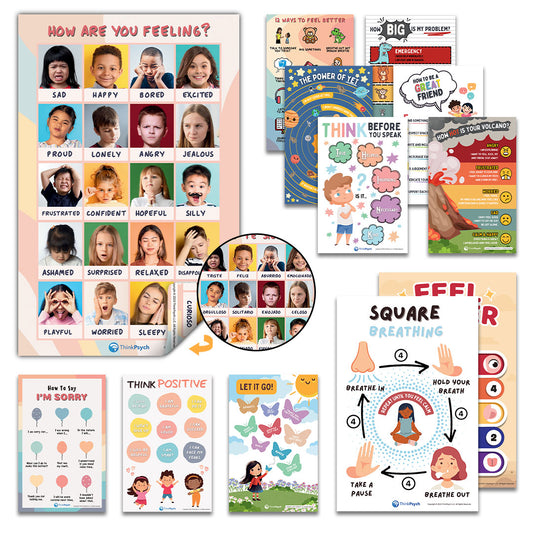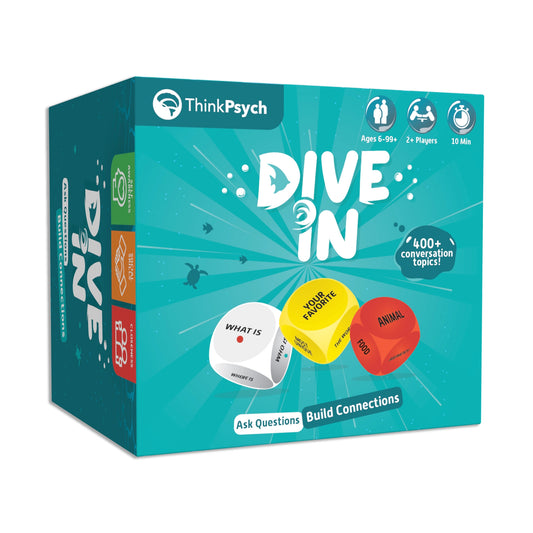
6 Steps to Nurture Emotional Intelligence
Share
From shapes and colors right through to the alphabet, there are many things that parents have to teach their children. Alongside more concrete lessons, an understanding of their emotional landscape is also necessary. However, it can sometimes be difficult to know how to effectively broach this topic. If you’re working to nurture emotional intelligence skills in your child, the following six steps can provide the pathway.

1. Observe the Emotion
The first step to developing children’s emotional intelligence is taking note of it. Keeping tabs on your child is a big part of parenting, but it’s equally important to observe their feelings. A child’s emotions will not always come with a scream or a cry, so having awareness of your own feelings is key in understanding theirs.
2. Validate Their Feelings
Whether anger or excitement, a child’s emotions can take one off guard in the midst of a busy day. But noticing how they feel provides parents with an opportunity to deal with the feeling. By talking about it, your child will feel comfortable expressing themselves. If they do have trouble opening up, a social-emotional game like Chat Chains can help them talk about their feelings.
3. Express Your Empathy
A child sharing their feelings, especially if it’s a more subdued one, makes them vulnerable. That’s why it’s so important to show empathy when you’re teaching emotional intelligence. Instead of projecting your own emotions onto the situation, say something like “I feel upset when I haven’t finished my work and can’t see my friends too” so they know you understand.
Shop ThinkPsych Products
4. Label Child’s Emotions
At the point when you and your child have both acknowledged the emotion, it’s time to give it a name. To get them to label it, ask questions like “Are you sad that you can’t see your friend today?” or “Are you angry you have to finish your dinner?” Sharing feelings and their associated words like ‘angry’, ‘happy’, and ‘excited’ can teach them how to nurture emotional intelligence.
5. Teach Healthy Coping Skills
When your child can name their emotion, they can engage in self-monitoring and learn to deal with it on a daily basis. Depending on the feeling, it will require a variety of different actions. For example, if your child is angry, tell them to take a few deep breaths. Or, if they’re sad, they may want to read their favorite book or color to express themselves in a meaningful way.
6. Develop Problem Solving Skills
Troublesome scenarios will reoccur throughout life, so brainstorm with your child about what they can do as they arise. By having problem solving skills in their back pocket, they’ll be able to display emotional intelligence and empathy in the moment. You can help them with this process, but ensure your child is choosing a constructive solution on their own.
Being aware of your child’s emotions is an important part of enabling them to understand and acknowledge how they feel. By putting a name to it, they will be able to reap emotional intelligence benefits that help them deal with life’s hurdles in a positive way. If you have any tips for other parents, share them in our comments below!
